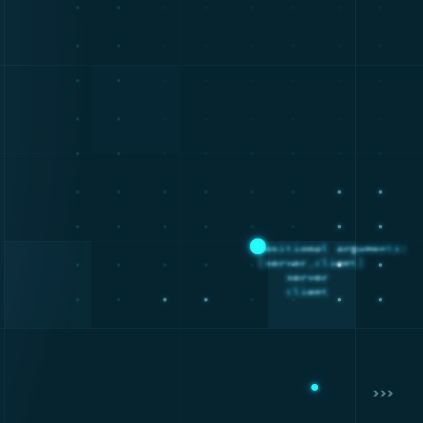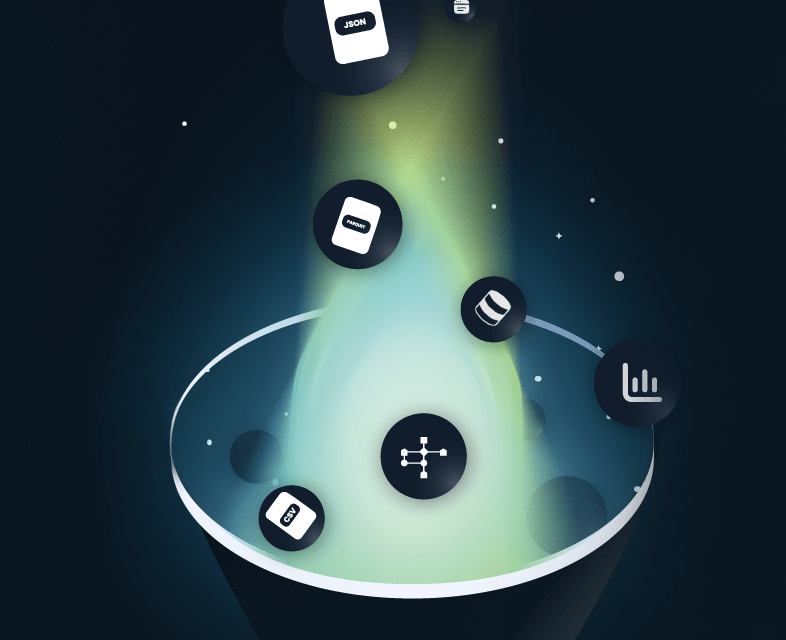Introducing
Shapelets
Two and a half years ago, Shapelets was started with the goal of creating the best piece of software to manage and analyze time-series data.

Like most companies dealing with time series, we considered building yet another super-fast, ultra performing time-series database. However, we quickly realized that our users weren’t looking for another way to store and scale their data. What they were really interested in was in what this data could tell.
And so, we spent the first 6 months of our infancy building Khiva, an open-source library of algorithms for time series analysis optimized for GPU-CPU.
Data Ingestion

Like most companies dealing with time series, we considered building yet another super-fast, ultra performing time-series database. However, we quickly realized that our users weren’t looking for another way to store and scale their data. What they were really interested in was in what this data could tell.
And so, we spent the first 6 months of our infancy building Khiva, an open-source library of algorithms for time series analysis optimized for GPU-CPU.
Two and a half years ago, Shapelets was started with the goal of creating the best piece of software to manage and analyze time-series data.
Shapelets
We knew there were packages out there, like TSFresh with many algorithms for time-series, but we wanted to take this a step further and incorporate the new powerful algorithms that have been recently brought to us by academics, and offer bindings for other programming languages such as Python, R, Matlab, Java, etc.
It’s difficult to come up with the right words to describe the excitement our team felt. It was a warm mixture of thrill, exhaustion, but most of all accomplishment that we had something to show off in only 6 months. We were eager to share our creation with this amazing tech community. We took part in a couple of events to present the library and were delighted with how well it was received. That was a great moment, but we needed to make a proper product! Building an opensource library is not the same as creating and launching a product and that is much more difficult.
We have spent the last two years shaping the product, the best data science platform we could think of. A product to make time-series data easy to be analysed, treated and understood by any kind of user.
Hundreds of lines of code have been created at the same time as others have been deleted or discarded. Some people left and some people have joined the project. It has not been easy, but no one said so.
To maximize our impact, we have recently raised a €1 million Seed round of financing led by Inveready and in the following months, we will launch our first downloadable version of Shapelets.
If you want to help build the future of time series data, join us.


